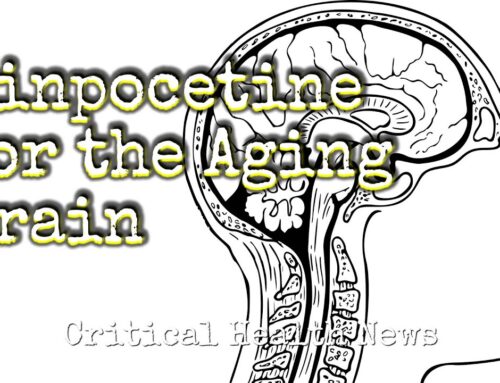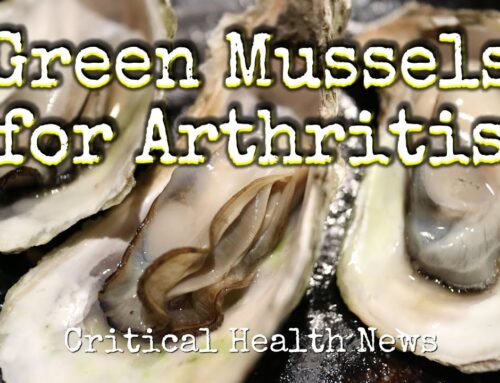Beauty is in the eye of the beholder. There’s no telling what accounts something being identified as beautiful. Aside from its superficial connotations involving the look and the appearance of our bodies, true physical beauty is more about our health. From an evolutionary perspective what is considered beautiful is a signal to others that we are vital and that we’re fit.
Of course beauty isn’t only about our appearance in our bodies. The world is filled with mountains, forests and sunrises and other beautiful things. Recognizing them has neurochemical implications. Gazing at and appreciating something that’s beautiful turns on an area of the brain called the MOC which is linked to pleasure and reward. We feel good when we see something beautiful. Small MOC activation strengthens the immune system, improves decision-making skills and supports the regulation of our emotions.
If you want to leverage the benefits of beauty, try to find something beautiful to appreciate every day. Pay especially close attention to things that you wouldn’t typically think of as beautiful like your refrigerator, sidewalk or an ordinary mason jar. Sounds can be beautiful too. A babies “coo”, a kittens purr, a child singing voice are all wonderful examples of audio beauty.
In fact, our environment is jam-packed with these kinds of examples. Once we open up to them, we’re likely to find beauty everywhere and realize that despite its obvious problems our world is a very beautiful place.










